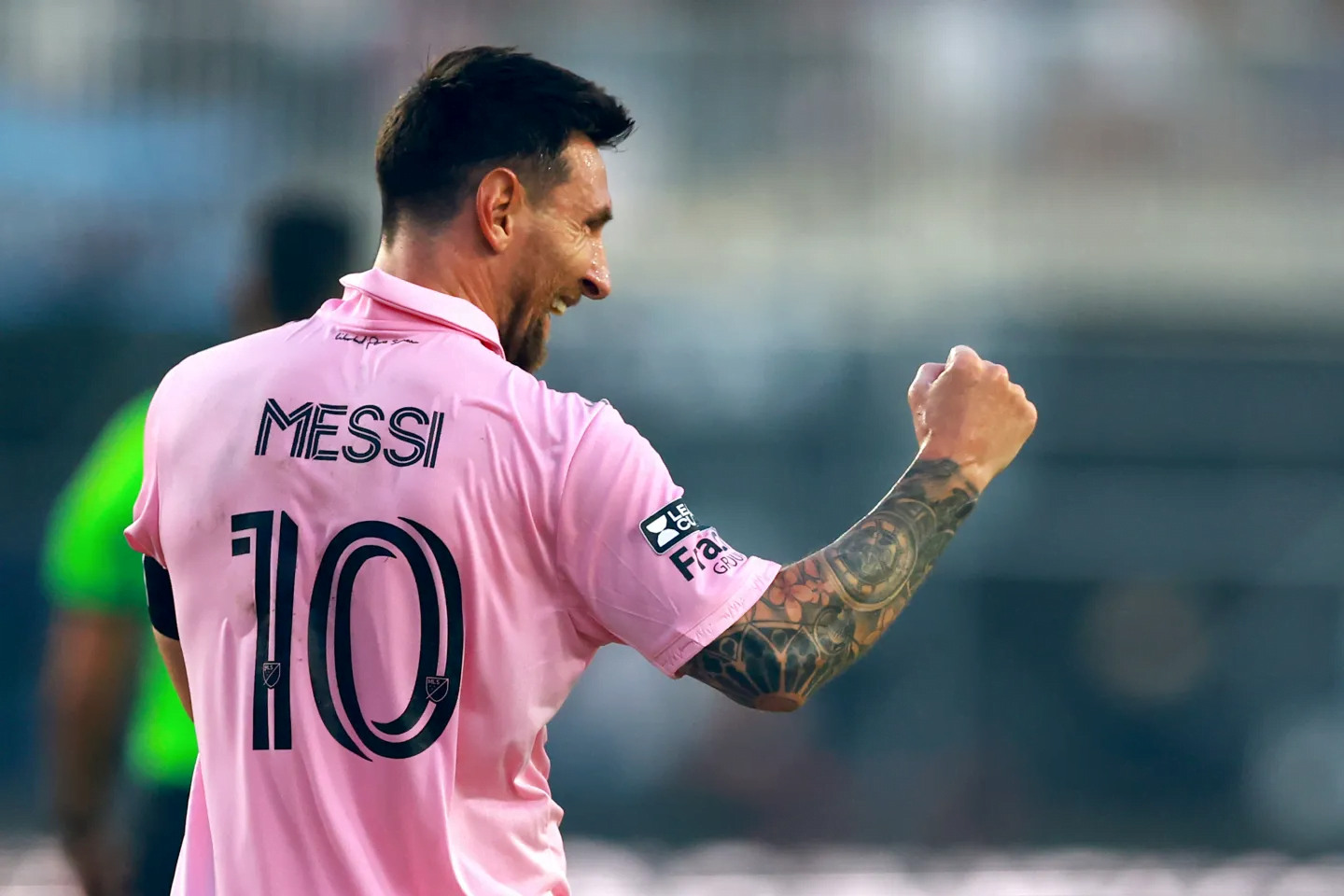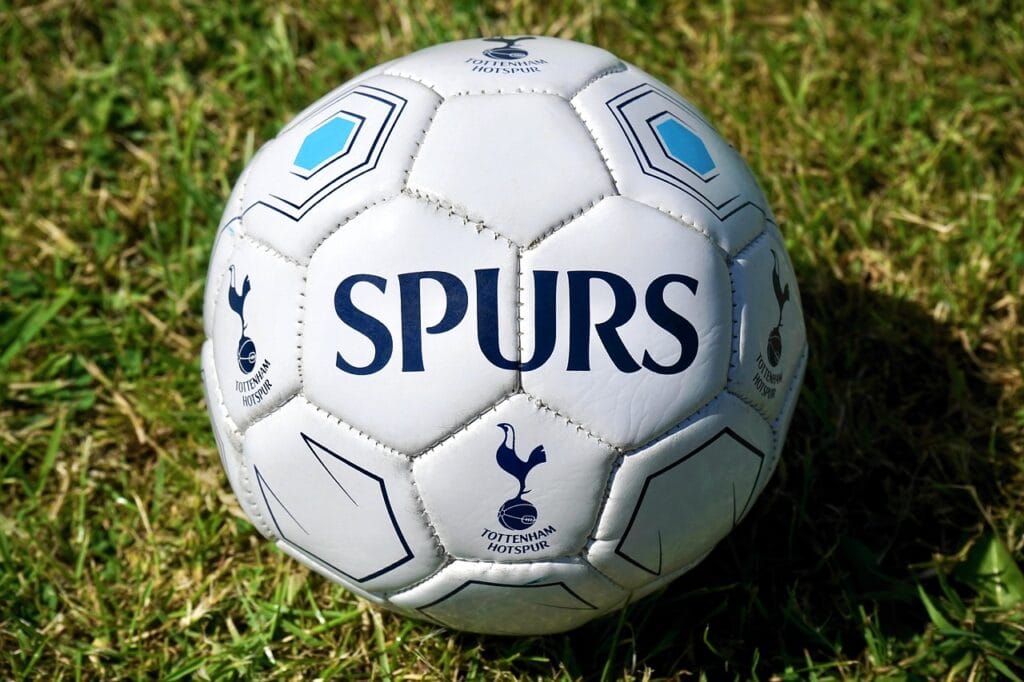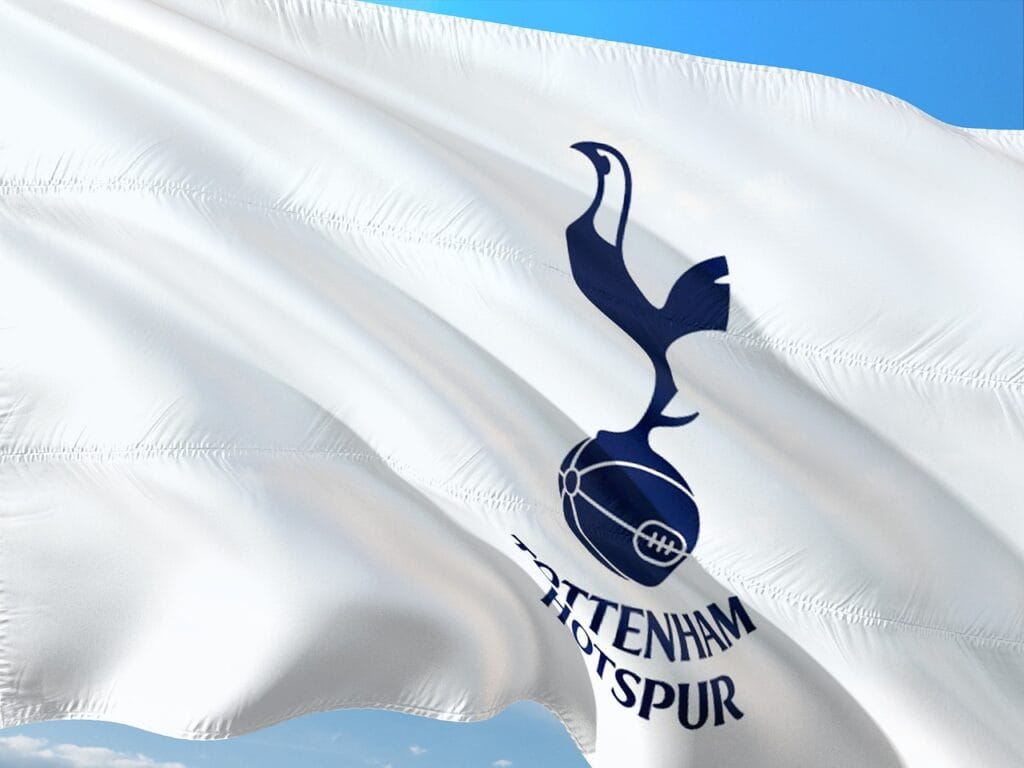The Super Bowl and the FIFA World Cup are two of the biggest events in the sports world, captivating audiences from every corner of the globe. Both events bring with them rich traditions, intense competition, and a shared spirit of unity among fans. Whether you’re cheering on your favorite NFL team during the Super Bowl or backing your national football (soccer) team during the FIFA World Cup, these events showcase athletic excellence and transcend cultural boundaries.
In this article, we’ll compare the Super Bowl and the FIFA World Cup, examining their history, audience, economic impact, and cultural significance. Although both events differ in structure and global reach, each leaves an indelible mark on the sporting landscape.
[ez-toc]
Overview of the Super Bowl
The Super Bowl is the championship game of the National Football League (NFL), held annually in the United States. Since its inception in 1967, it has grown to become a global spectacle, attracting millions of viewers both in the U.S. and internationally. Typically held on the first Sunday of February, the Super Bowl concludes the NFL season, which begins in late summer. It features the top teams from the AFC (American Football Conference) and the NFC (National Football Conference) in a showdown for the championship title.
The Super Bowl is more than just a game. It’s an entire cultural event, encompassing elaborate halftime shows and high-profile commercials. The halftime performances have featured some of the biggest names in music, while companies spend millions of dollars creating memorable ads that resonate long after the game is over. This blend of sports and entertainment has turned the Super Bowl into an annual event that attracts not only die-hard football fans but also a much broader audience.
Overview of the FIFA World Cup
The FIFA World Cup, organized by the Fédération Internationale de Football Association (FIFA), is the premier international football tournament. Unlike the Super Bowl, which occurs every year, the FIFA World Cup is held once every four years. The tournament brings together the best national teams from around the world to compete for the coveted trophy. Since its first edition in 1930, the World Cup has evolved into the most-watched sporting event globally.
The World Cup is an opportunity for nations to showcase their footballing prowess and for fans to unite in support of their teams. The competition features a qualification phase, during which countries from various regions vie for a spot in the month-long tournament held in the host nation. This structure means that the FIFA World Cup not only captivates a global audience but also builds anticipation over the years, making it a truly epic sporting event.
Audience and Viewership
The Super Bowl consistently commands a massive audience, particularly in the United States. In 2023, for example, 113 million viewers tuned in, making it one of the most-watched events in American television history. While the game’s intense competition attracts sports fans, the halftime show and commercials draw in viewers from various demographics, many of whom might not follow football regularly.
In contrast, the FIFA World Cup is the most-watched sporting event on the planet, with a far-reaching global appeal. The 2018 FIFA World Cup attracted an astounding 3.5 billion viewers throughout the tournament, with over 1.1 billion people watching the final between France and Croatia. Football’s global appeal ensures that the tournament reaches viewers in virtually every country, making it a unifying event that transcends borders, languages, and cultures.
Economic Impact
Both the Super Bowl and the FIFA World Cup generate significant economic activity, though in different ways.
For the Super Bowl, the host city experiences a substantial economic boost. Local businesses, particularly in tourism, hospitality, and retail, see increased sales as fans flock to the city to attend the game and related events. Beyond the immediate impact, the Super Bowl also drives massive revenue from broadcasting rights and advertising. A 30-second Super Bowl commercial spot can cost more than $6 million, underscoring the event’s value for advertisers.
The FIFA World Cup, on the other hand, has a broader and more complex economic footprint. The tournament’s host country usually embarks on significant infrastructure projects, including building new stadiums and upgrading transportation systems. These investments can stimulate the local economy and create jobs. However, they can also place a financial burden on the host nation, depending on the level of investment and the long-term usability of the facilities. Nevertheless, the tourism boost and the global attention the host country receives often make the investment worthwhile, with billions of dollars injected into the economy throughout the event.
Cultural and Social Influence
The Super Bowl and FIFA World Cup wield considerable cultural and social influence, though in different contexts.
In the U.S., the Super Bowl has become a cultural phenomenon. Super Bowl Sunday is an unofficial national holiday, with parties, family gatherings, and special events taking place across the country. For many Americans, even those who aren’t avid football fans, the Super Bowl represents a time for socializing and celebrating. The game has become deeply embedded in American culture, symbolizing not just sportsmanship but also entertainment, consumerism, and community.
The FIFA World Cup has a more global cultural impact, uniting nations and people across diverse cultures. Football is the world’s most popular sport, and the World Cup serves as a platform for national pride, bringing together fans from all corners of the globe. The event is often seen as a reflection of global unity, bridging cultural and geographical divides. For many countries, especially those with fewer international accolades, a strong showing in the World Cup can elevate national identity and foster a sense of pride that resonates well beyond the tournament.
The Role of Advertising and Halftime Shows
Advertising plays a pivotal role in both events, though it manifests differently.
During the Super Bowl, commercials are almost as highly anticipated as the game itself. Brands compete to produce the most creative, funny, or touching ads, with millions of dollars spent on advertising slots. These ads often gain a life of their own, shared widely on social media and discussed in the days following the game.
While the FIFA World Cup also attracts significant advertising, the focus is more on global brands and multinational corporations. Companies like Coca-Cola, Adidas, and Visa often leverage the tournament to reach an international audience. Sponsorship deals for the World Cup are incredibly lucrative, as they allow brands to connect with billions of potential consumers across the globe.
The Super Bowl halftime show is another key component of the event’s entertainment value. It has featured some of the biggest stars in the music industry, from Beyoncé to Prince to Lady Gaga. These performances draw in viewers who might not be interested in the game itself but tune in for the spectacle.
In contrast, the FIFA World Cup doesn’t have a similar halftime entertainment focus, but opening and closing ceremonies often feature global music stars, representing the cultural and festive spirit of the tournament.
The Betting Scene
Both the Super Bowl and FIFA World Cup see significant betting activity.
In the U.S., Super Bowl betting is a widespread practice. Fans participate in everything from office pools to betting on the final score, player performances, and even halftime show outcomes. The Super Bowl is one of the biggest betting events in the United States, with billions of dollars wagered annually.
The FIFA World Cup attracts even more diverse betting activity due to its international audience. Fans from all over the world place bets on individual matches, the tournament winner, and various in-game events. With the rise of football betting apps, wagering on World Cup matches has become more accessible, allowing fans to engage with the tournament on a deeper level.
Format and Structure
The Super Bowl is the culmination of the NFL season, an event that brings together the two best teams from the AFC and NFC after a grueling regular season and playoff run. The NFL’s structure includes a 17-game regular season, after which 14 teams qualify for the playoffs based on their performance. These teams then face off in single-elimination games, with each round intensifying the pressure. By the time the Super Bowl arrives, it’s more than just a game; it’s a winner-takes-all championship. The build-up to the Super Bowl involves extensive media coverage, team preparations, and fan excitement, all leading to a single contest that determines the NFL champion. With one game to decide the season’s outcome, every play and every decision is magnified, making it a highly intense event that leaves no room for error. The Super Bowl’s singular nature also ensures that it feels like a grand finale—one event that decides it all, with no chance for redemption.
In contrast, the FIFA World Cup is structured quite differently. The tournament spans several years of preparation, beginning with qualification rounds that determine which 32 teams from around the globe will earn a spot in the final tournament. These qualification matches can take place over three years, with teams from six FIFA confederations competing based on regional standings. Once the 32 teams qualify, the actual tournament is a month-long event held in a host nation, featuring multiple stages. The tournament kicks off with a group stage, where the teams are divided into eight groups of four. Each team plays three group matches, and the top two from each group advance to the knockout stage. This structure leads to a crescendo of excitement as teams battle their way through the round of 16, quarterfinals, semifinals, and eventually, the final match. The complexity of the World Cup structure, along with the sheer number of matches played, allows for a wide range of stories and dramatic moments, building excitement as nations inch closer to glory.
Legacy and Tradition
Both the Super Bowl and the FIFA World Cup have established themselves as iconic events with rich legacies that go beyond just the games themselves. The Super Bowl, which began in 1967, has grown into a cultural juggernaut in the United States. Over the years, it has become synonymous with American sports excellence and spectacle. It represents not only the pinnacle of American football but also the intersection of sports and entertainment. The Super Bowl has birthed traditions that have taken on a life of their own—such as extravagant halftime shows, highly anticipated commercials, and even Super Bowl parties, which have become an annual social event. In many ways, the Super Bowl is more than just a football game; it’s a national event that reflects American culture, business, and entertainment. The champions crowned on Super Bowl Sunday join an elite group of teams, adding to the prestige and history of the NFL.
The FIFA World Cup, on the other hand, carries an even deeper legacy, as it stretches back to its first tournament in 1930. The World Cup is revered as the pinnacle of international football, where the best national teams compete for the title of world champions. The tournament’s rich history is filled with legendary moments, such as Pelé’s brilliance in the 1958 and 1970 World Cups, Diego Maradona’s “Hand of God” goal in 1986, and more recent feats like France’s triumph in 2018. The World Cup’s legacy goes beyond sports; it is a global event that fosters unity, pride, and a sense of shared history among nations. Each tournament carries with it the weight of national hopes and dreams, and a strong performance in the World Cup can have a lasting impact on a country’s sporting legacy. The tournament’s ability to bridge cultures and bring people together, regardless of background, has solidified its place as the most prestigious event in international sports. Whether it’s the passion of South American fans, the tactical brilliance of European teams, or the underdog stories from emerging football nations, the World Cup is a celebration of the global football community.
Conclusion
The Super Bowl and the FIFA World Cup stand as two of the most distinguished and iconic sporting events in the world, each with its own set of traditions, formats, and cultural impacts. While the Super Bowl is a symbol of American sports culture, combining the best of football, entertainment, and marketing into a single day of unparalleled excitement, the FIFA World Cup captures the global spirit of football, uniting nations and celebrating the world’s most popular sport over a month-long tournament. Both events offer unique experiences to fans and participants, highlighting the power of sports to entertain, inspire, and bring people together across borders. Whether you’re watching the Super Bowl in the U.S. or following your national team in the World Cup, these events remind us of the global reach and emotional impact that sports can have, transcending geography, language, and even generations.



